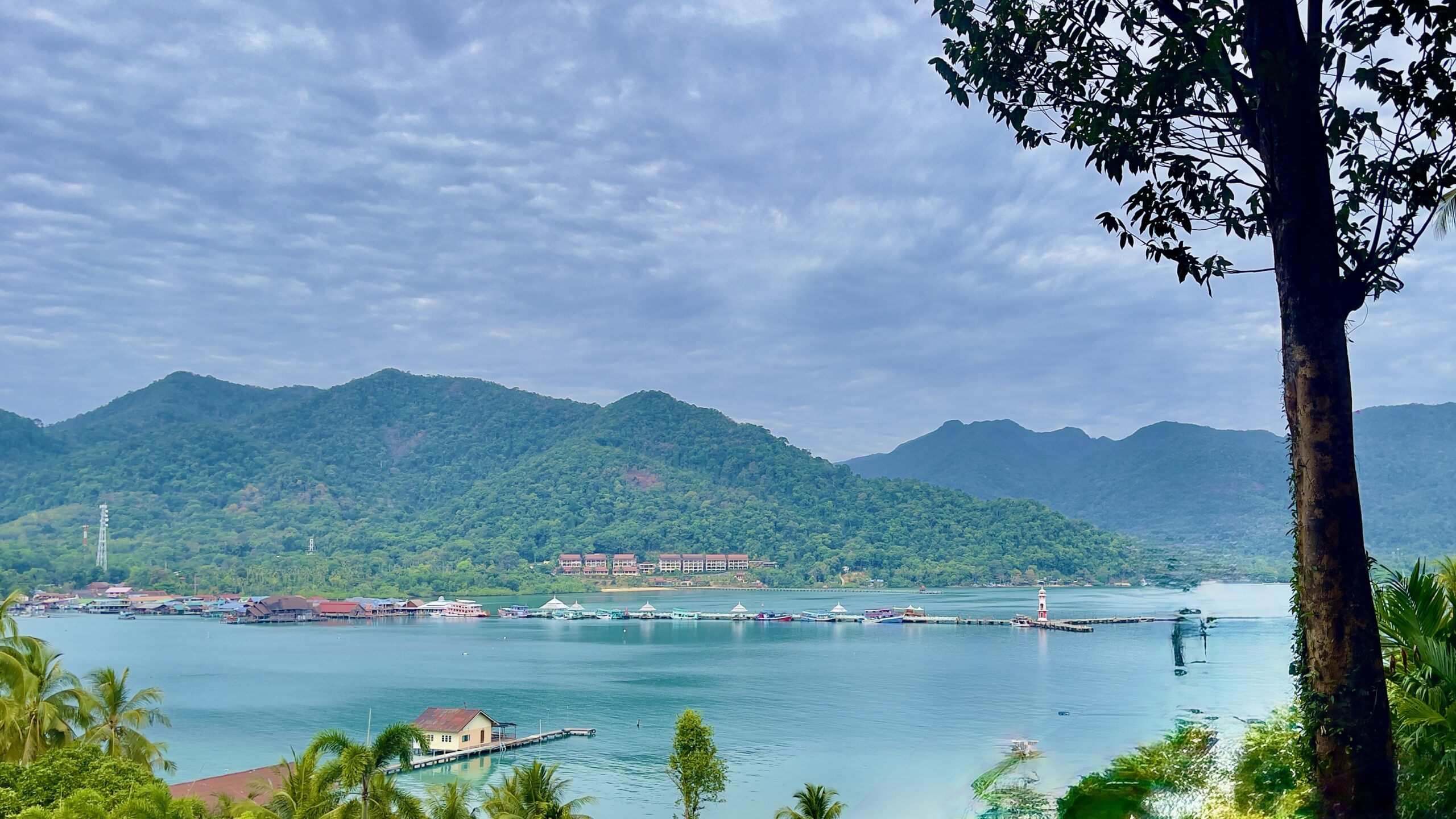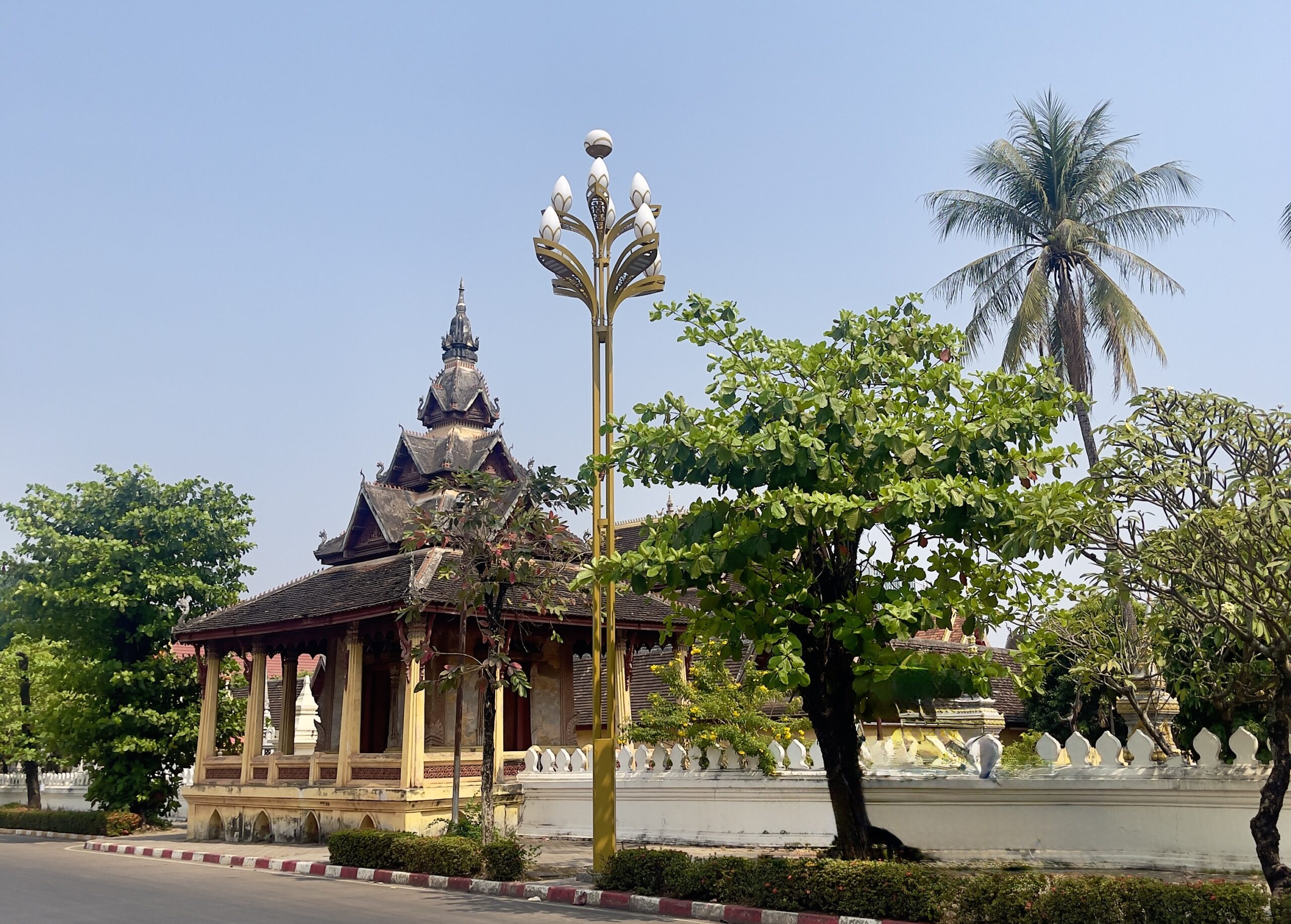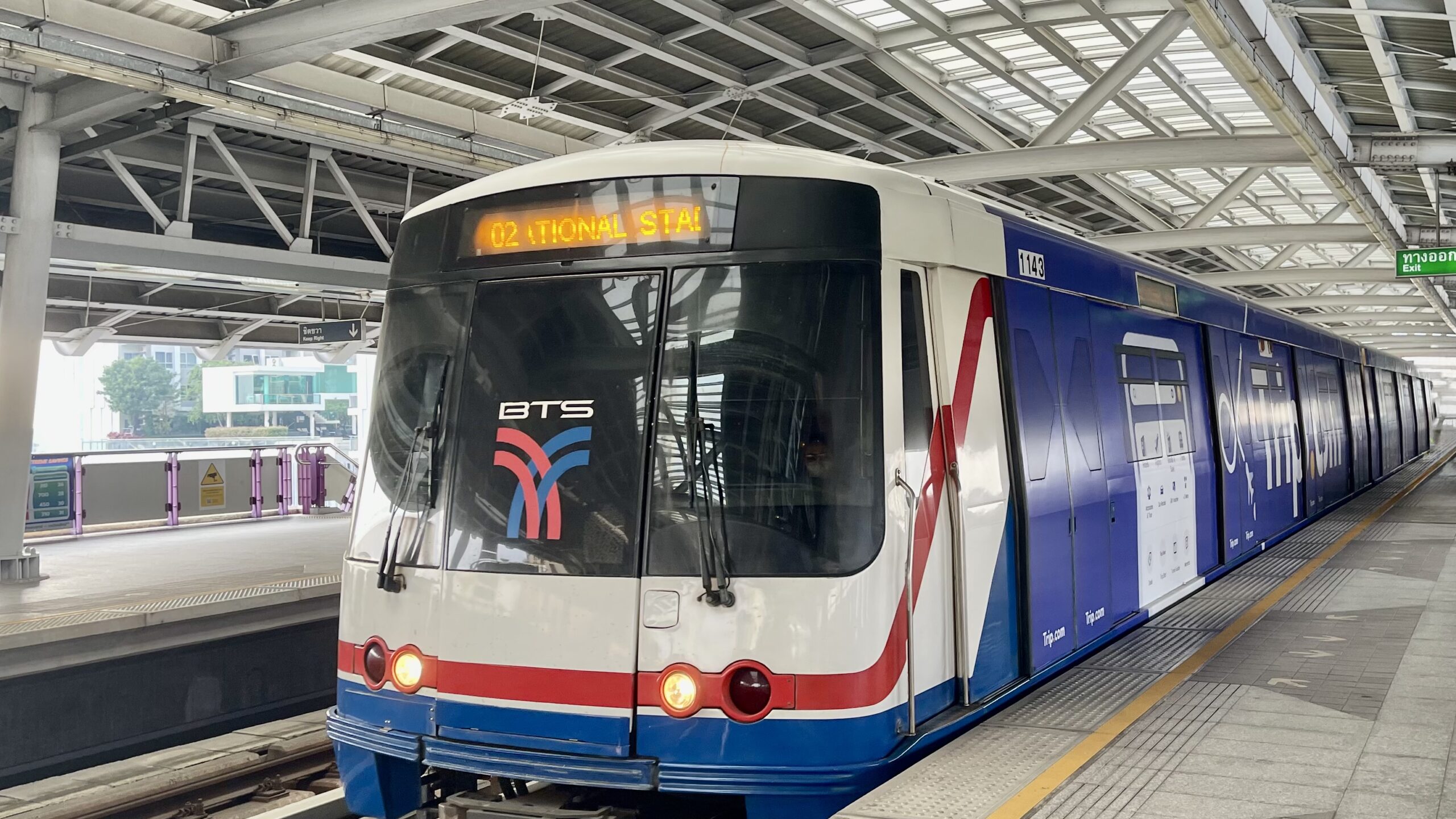Table of Contents
- Best Transportation Options How to Get from Bangkok to Koh Chang
- Travel Costs and Duration: What to Expect
- Essential Tips for a Hassle-Free Trip
Thailand’s islands have a way of pulling you in. I planned just a weekend trip but left dreaming about island life forever. Picture this: soft white sand, lush jungle-covered mountains, and just the right mix of adventure and chill vibes. Whether you’re up for exploring, unwinding, or a little romance, Koh Chang has it all.
If you’re wondering how to get from Bangkok to Koh Chang, this guide will help you navigate the journey and start your island adventure with ease! Since you’re starting in Bangkok, you might want to check out this handy guide to Bangkok’s public transportation — it’ll make getting around the city a whole lot easier before you set off for the islands!
Best Transportation Options How to Get from Bangkok to Koh Chang 🚘⚓️
Unlike Phuket or Samui, Koh Chang isn’t the easiest island to reach—but that’s part of the adventure. The journey itself makes the experience even more special. So, let’s dive into the best ways to travel from Bangkok to Koh Chang.
🚌 Bus and Ferry: The Most Affordable Route
For budget-conscious travellers, this is the most affordable way to reach Koh Chang. Buses depart from Bangkok’s Eastern Bus Terminal (Ekkamai) and head to Laem Ngop pier in Trat, where you can hop on a ferry to the island.
- Cost: Around 350-600 THB ($10-$17) for the bus + 80 THB (~$2) for the ferry
- Duration: 6-7 hours
- Pros: Cheap, reliable, and relatively comfortable
- Cons: Long journey, fixed departure times
Those looking to save money and don’t mind a bit of a long ride will find this option ideal.
Book your minivan tickets on 12Go here.
🚐 Minivan Services: A Balance of Cost and Convenience
Minivans provide a faster and slightly more convenient alternative to buses. Departing from locations like Victory Monument and Khao San Road, they take you directly to the ferry terminal.
- Cost: 600-900 THB ($17-$26) including ferry
- Duration: 5-6 hours
- Pros: Quicker than the bus, more frequent departures
- Cons: Less legroom, limited luggage space
For those wanting a balance between affordability and convenience, this is a great choice.
Book your minivan tickets on 12Go here.
🚖 Private Taxi: A Faster but Pricier Alternative
When comfort is the priority, a private taxi offers the most hassle-free travel experience. This option is perfect for families, groups, or travelers who just want to sit back and enjoy the ride.
- Cost: 4,500-6,500 THB ($130-$185) for a one-way trip, including ferry tickets
- Duration: 4-5 hours
- Pros: Door-to-door service, air-conditioned comfort, flexible schedule
- Cons: Expensive
For those traveling in a group, splitting the cost makes this a surprisingly reasonable option.
Travel Costs and Duration: What to Expect 💸
How Much Should You Budget? 💰
- Bus + Ferry: 350-600 THB (~$12-$20)
- Minivan + Ferry: 600-900 THB (~$17-$26)
- Private Taxi + Ferry: 4,500-6,500 THB (~$130-$185)
Your decision depends on both your budget and the level of comfort you’re looking for.
Time Breakdown for Each Travel Option ⏰
- Bus + Ferry: 6-7 hours
- Minivan + Ferry: 5-6 hours
- Private Taxi + Ferry: 4-5 hours
The journey isn’t short, but once you arrive, you’ll know it was well worth the effort.

Essential Tips for a Hassle-Free Trip 👍
Best Time to Visit for Smooth Travel 🤩
The ideal time to visit Koh Chang is between November and April. During these months, the dry season ensures sunny days and calm seas. Visiting between May and October means dealing with heavy rainfall, rough waters, and fewer ferry services.
Preparation Tips 🌟
- Book your transport in advance during peak season to avoid last-minute hassles.
- Ferries stop running after 7 PM, so ensure you arrive at the pier in time.
- Bring motion sickness tablets if you’re prone to seasickness.
- Cash is king—while ATMs are available, many places on the island prefer cash payments.
- Renting a scooter is the best way to explore Koh Chang at your own pace.
Final Thoughts 🤔💭
Getting to Koh Chang takes some planning, but once you arrive, it’s all worth it. Whether you’re saving with a bus, speeding up with a minivan, or splurging on a taxi, there’s an option for everyone. Now, just pack your bags and get ready for an unforgettable adventure!
Found this guide helpful? Share it with fellow travellers planning their trip to Koh Chang!







